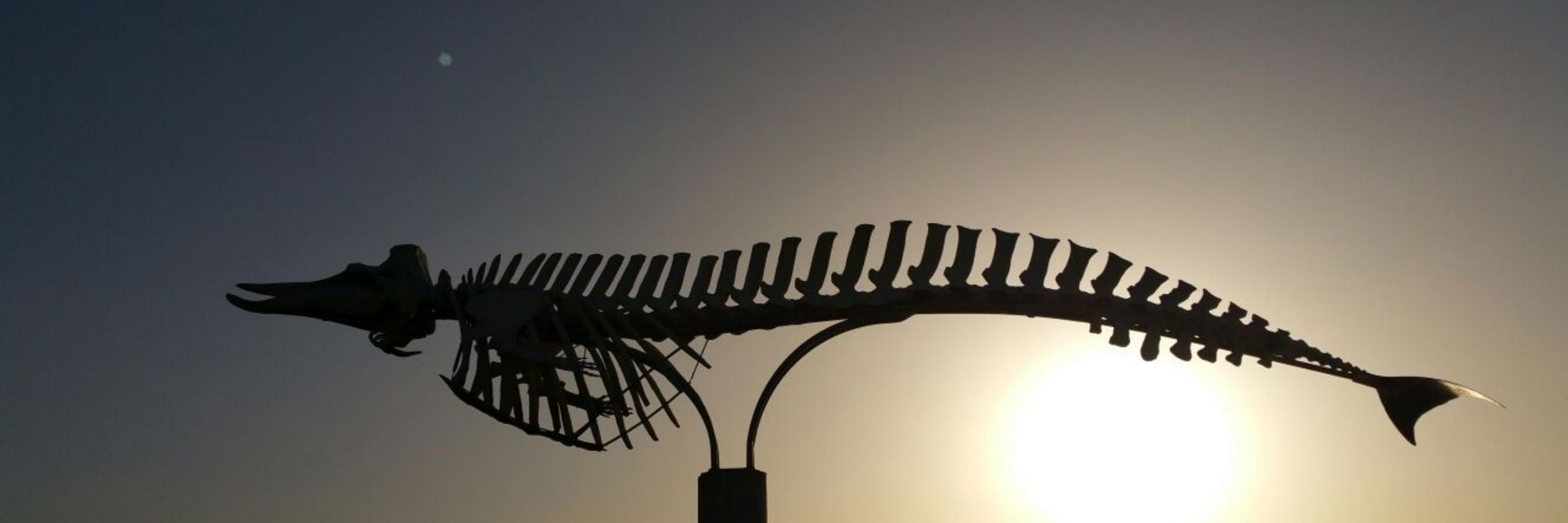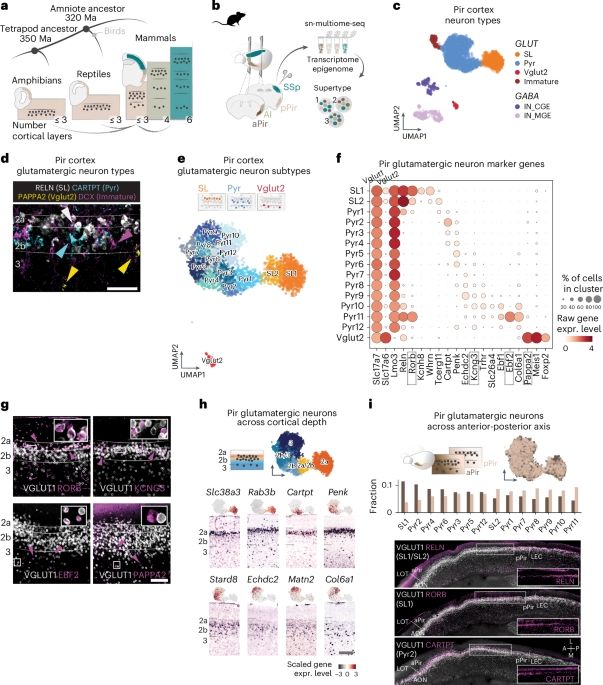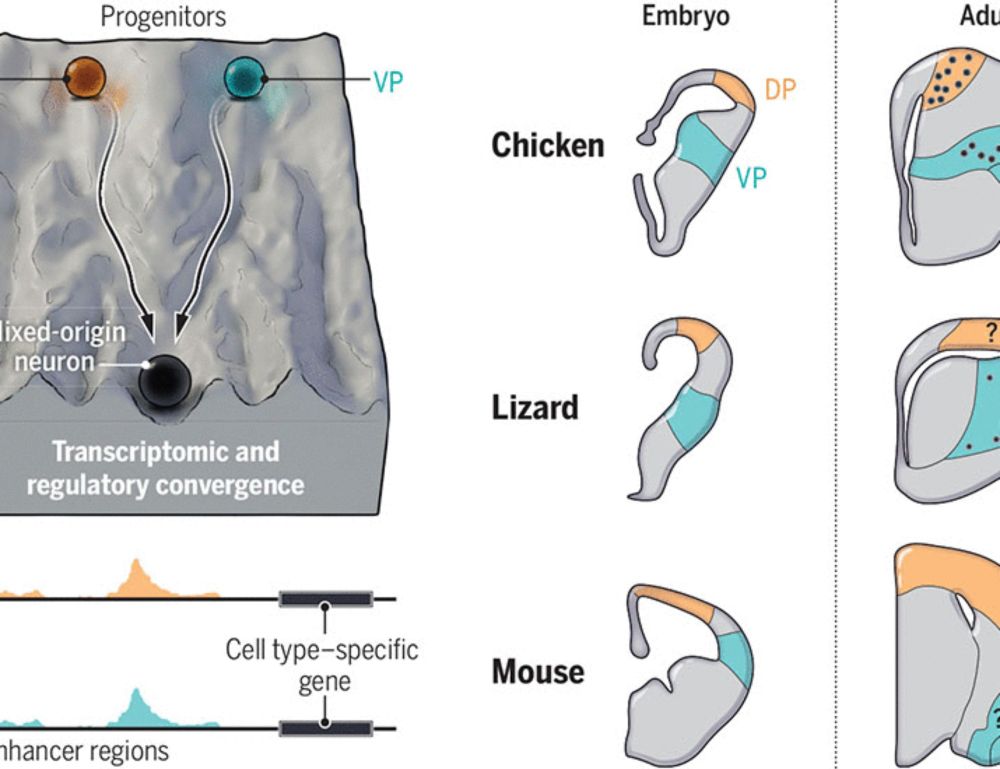
Postdoc in the Arlotta lab at Harvard University | Formerly neuroscience PhD in the Fleischmann lab at Brown University | 🇮🇹🍝


@davidhbrann.bsky.social @alonso-ortegag.bsky.social @pinard.bsky.social @matosches.bsky.social
@harvardmed.bsky.social @columbiauniversity.bsky.social @brownuresearch.bsky.social
@davidhbrann.bsky.social @alonso-ortegag.bsky.social @pinard.bsky.social @matosches.bsky.social
@harvardmed.bsky.social @columbiauniversity.bsky.social @brownuresearch.bsky.social


